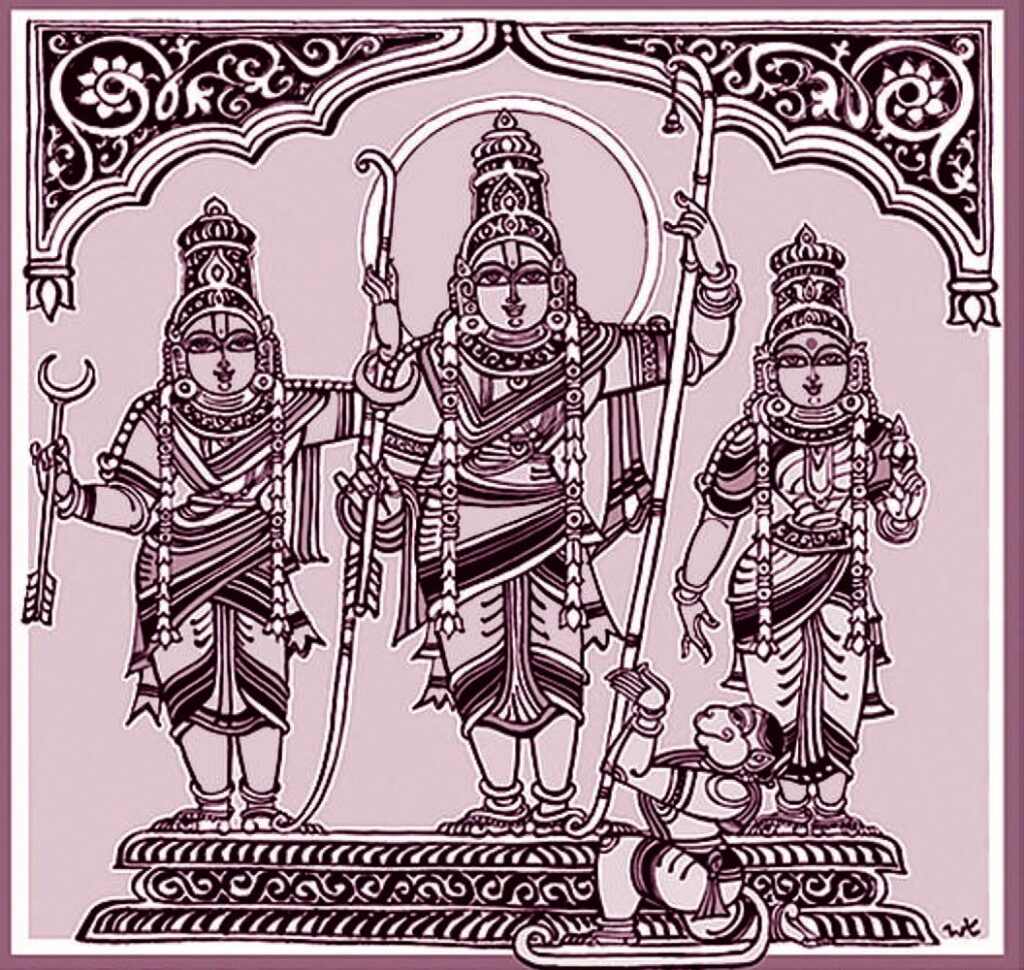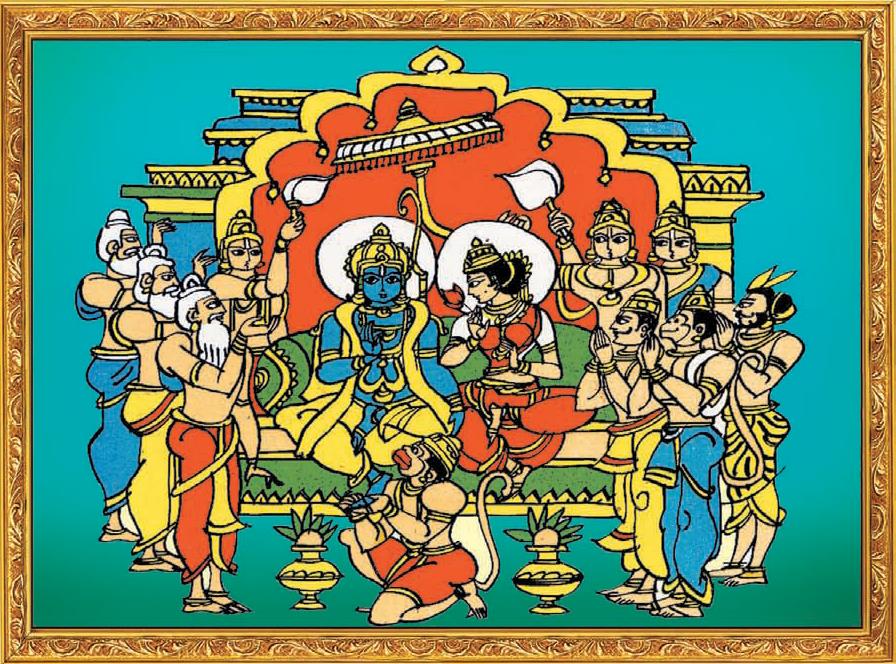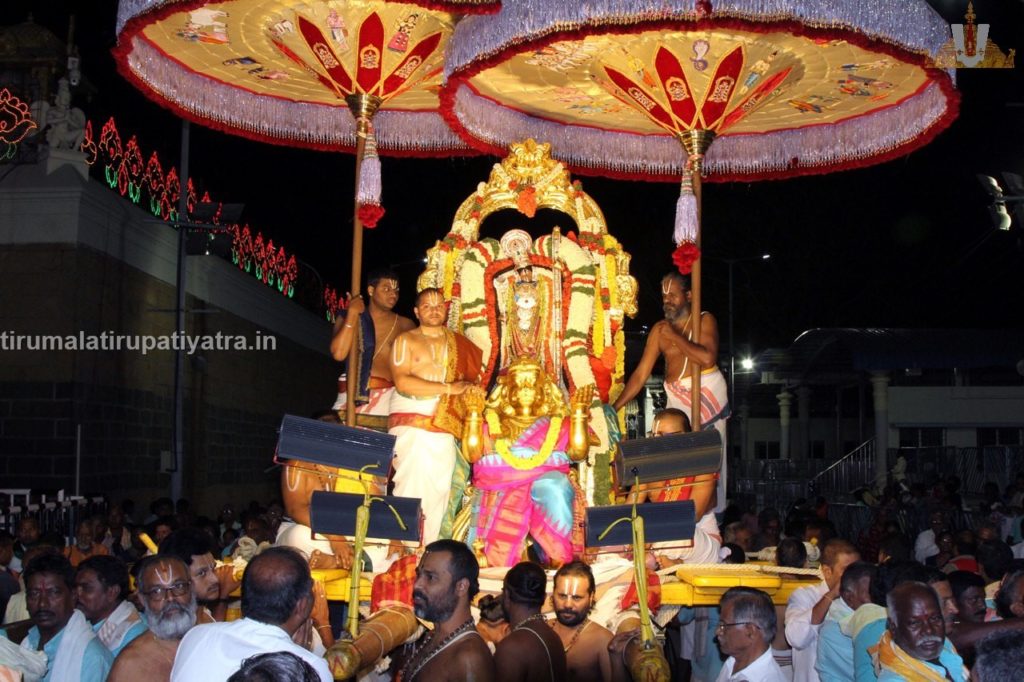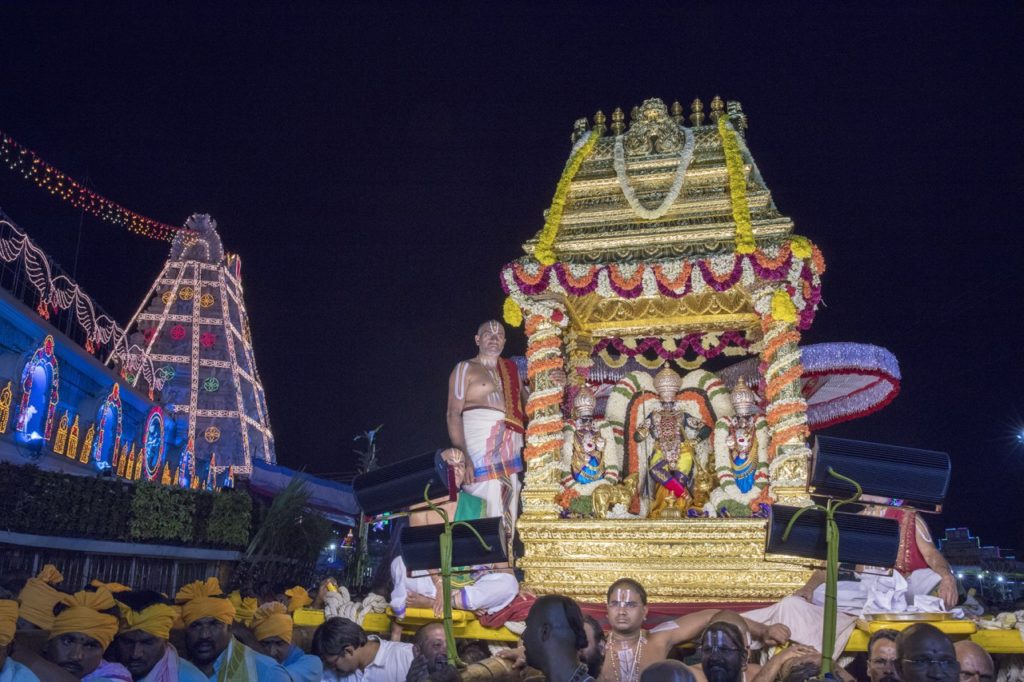RAMAYANA
Throughout the ages, it has been said that the Ramayana is not simply the life story of Sri Rama but an exquisite piece of literature in Sanskrit verse of peerless beauty containing seven Kandas, six hundred Sargas, countess appealing similes, metaphors, allegories, and flights of imagination—all of which make it a supreme piece of literature of matchless elegance for all times.
Elite hailed it as an encyclopedia of ancient Aryan life and wisdom, portraying an ideal civilization to which humanity has yet to aspire.
Some ranked it amongst the noblest monuments of poetic genius whether we judge it by the grandeur of the theme or by the tone of idealism or by the appeal that it makes to devout hearts and comments that its uniqueness lies in its exaltation of Dharma’’.
Another remarked that “Ramayana has been an agent of almost incalculable power in molding the cultural mind of India”. ‘Dharma’, understood in terms of the twin concepts of Satya and Tyaga so perfectly personified in one exalted as “Vigrahavan Dharmah’’ is one unique constituent of the pattern of life handed to us by our ancients which is valid for all times or all people”.
Rama Rajyam
‘The Rama Rajya’, is a system of governance where the character is the determining factor of life, where virtue takes precedence over wealth, where the spirit of service and not the exercise of power inspires those in authority, where piety is adored and pelf despised, where the meanest is equal to the highest.’
At a time when moral forces are making havoc on our lives, distorting our views, and disrupting our foundations, we cannot do better than hearkening to the voice of Sri Rama uttered through his several actions signifying the eternal ideals of our Sanatana Dharma.

The Ramayana is a beautiful melange of the divinely human and the humanly divine… Were Rama all divine, humanity would have left him severely alone. The kinship we feel with Sri Rama is because he is so human. Sri Rama himself says ‘‘Atmanam manusham manye’’ As remarked by many sages and scholars ‘’The Ramayana is not truth in the ivory tower that Valmiki hold up the mirror to.
It is truth at the secular and most liberal level as it applies to the common man in his everyday life to his society, to economics, politics, ethics and morality, to war and peace, ends and means’’.
Ramayana – Noblest Epic
Truly, the Ramayana is the noblest epic and an exemplary document of socio-religious life, humane diplomacy, cultural traditions, and spiritual foundations of the people of our Bharat.
It is a mirror of the highest ideals of Indian culture, forming the very warp and woof of our Sanatana Dharma. As the Ramayana is a sublime classic of deepest spiritual significance, devotees have to read it between the lines.
Dasaratha represents the merely physical while his three queens are personifications of the three Gunas-
- Satwa,
- Rajas, and
- Tamas.
His four sons are the four goals of life—the Purushardhas.
Lakshmana is the Intellect. Sugreeva is Viveka or Discrimination. Vaali is Despair while Hanuman is the embodiment of self-effacing devotion and loyalty.
The three Rakshasas –
- Ravana,
- Kumbhakarna, and
- Vibhishan
are personifications of Rajasic, Tamasic, and Satwic qualities. Sita is the Brahmajnana while Sri Rama is the very embodiment of Dharma of all the codes of morality that hold mankind together in love and unity.



